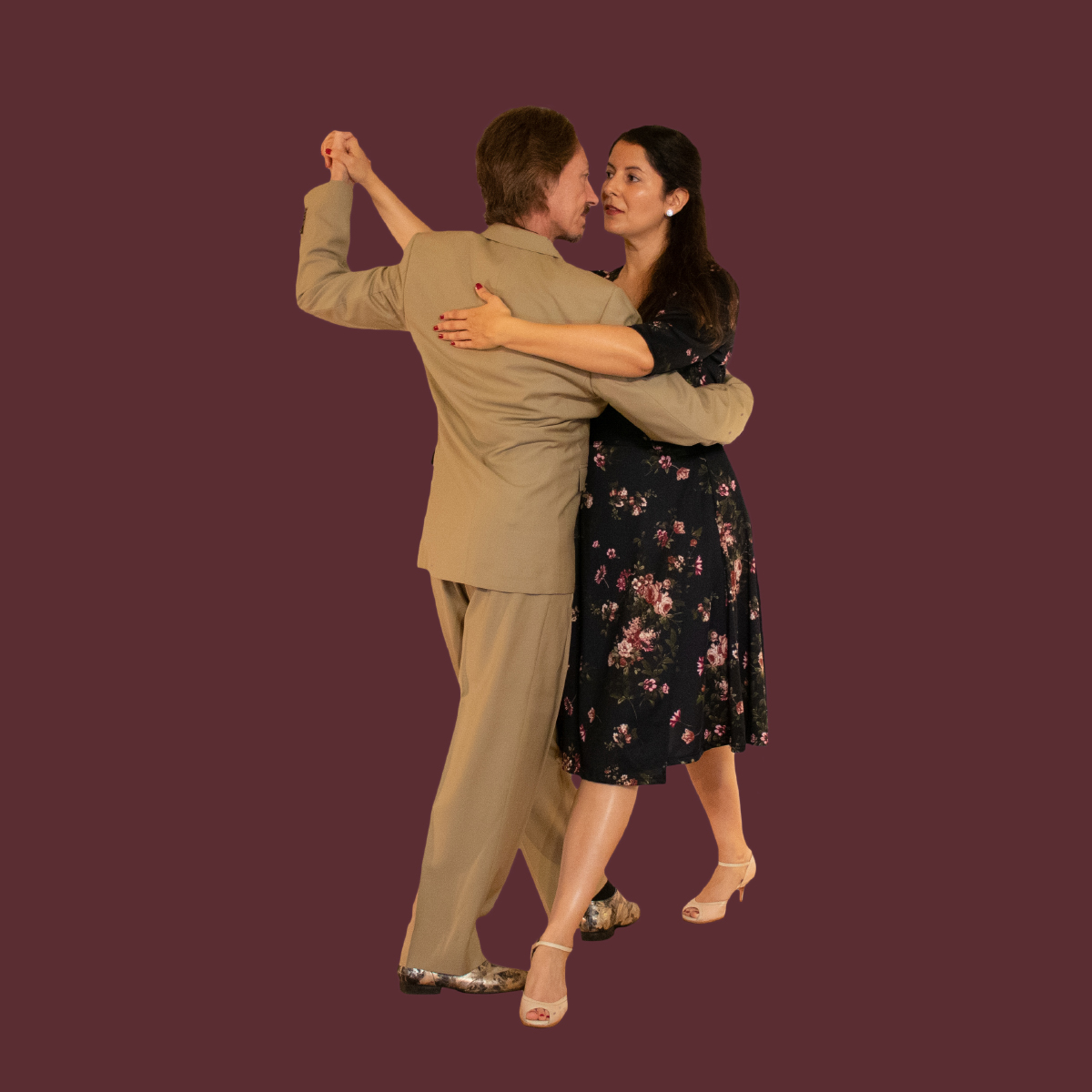
Nowadays, the word “milonga” has two meanings:
A particular rhythm and musical genre.
A Tango dance party.
This word evolved from the West African Bantu language, in which “malonga” means “word”, and “milonga” is the plural of “malonga”: “words”
Historians hypothesize that the African population of Rio de La Plata used this term regarding the “payada”, a musical genre in which two individuals compete by playing guitar and improvising verses, asking each other questions. The rhythm of this genre evolved to the rhythm we now know as milonga.
When the dance of Tango appeared, it was a technique of partner’s dance used to dance any danceable rhythm. Waltz was the most popular at the time, but soon the milonga rhythm was identified as a better fit for that particular dance technique.
As this rhythm, and the way of dancing to it, grew in popularity, “milonga” also became the name of the gathering and the place where this dance was practiced. The word “Tango” was initially a synonym of “milonga", and they later became the name of two differentiated rhythms. Tango dance parties and the location where it is danced kept the name “milonga”, as well as its crowd of participants, “milongueros”.
Milongas, meaning “Tango dance parties”, have been happening for more than 130 years. During this time, milongas developed a set of codes that cultivated efficiency, maximizing the possibility of great dancers appearing and allowing the continuity of its existence as a precious cultural gem.
At Escuela de Tango de Buenos Aires, we provide you with a complete Argentine Tango experience, and Milongas (dance parties) is an essential aspect.
Learn more about Argentine Tango and its culture.
Let’s dance! Come and enjoy learning to dance Argentine Tango.
https://escuelatangoba.com/marcelosolis/milonga/
No comments:
Post a Comment